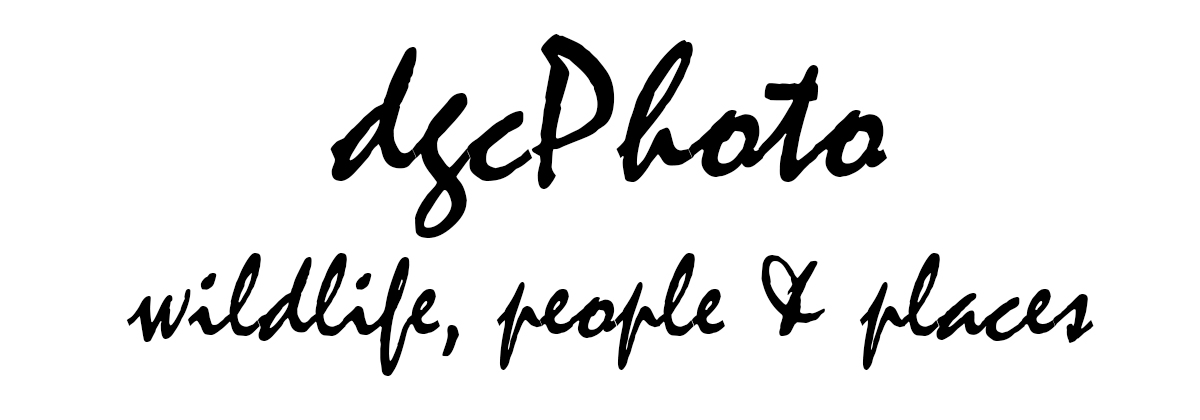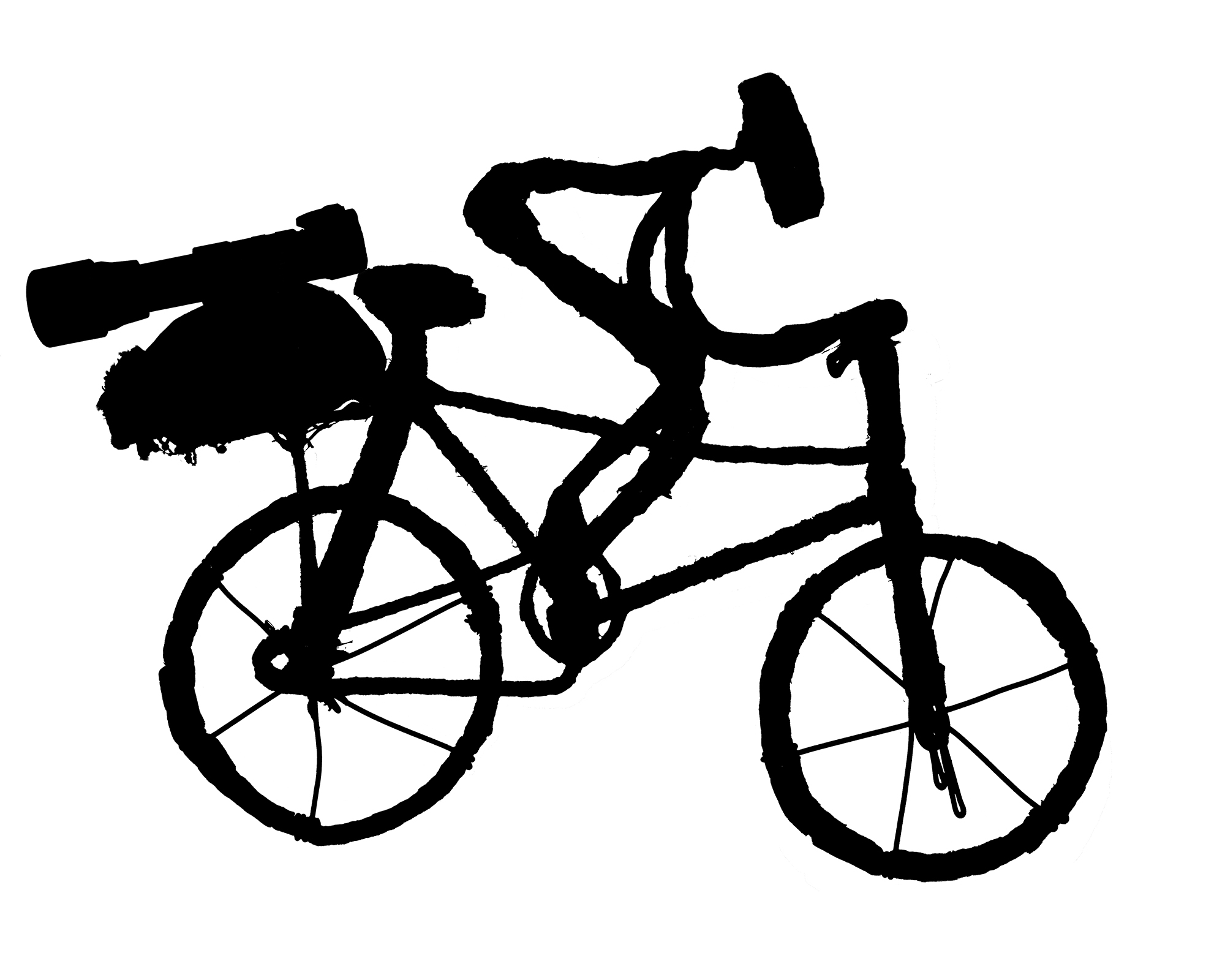by David Clarke | Jul 26, 2012 | All, Kenya, Places
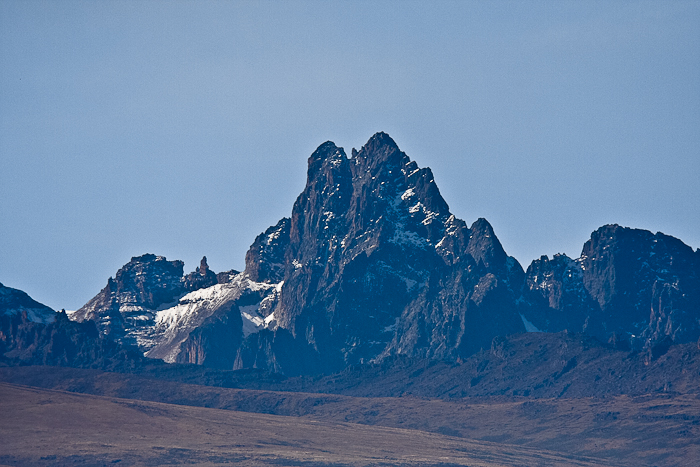
Mount Kenya is very rugged and staggering beautiful, its aspect changing dramatically as your viewpoint changes. This shot is taken from near Timau looking south-south-east towards the mountain, the higher of the two peaks – Bastian – being about twenty miles away. The view is ever-changing as clouds and mist role in and away, as snow falls around the peak and as the light and shadows alter throughout the day. From this viewpoint, the sheerness of the peaks is very vivid.
Mr Wikipedia has this to say (in part) about the mountain (but for more, google Mount Kenya and you will find a wealth of info):
Mount Kenya is the highest mountain in Kenya and the second-highest in Africa, after Kilimanjaro. The highest peaks of the mountain are Batian (5,199 metres (17,057 ft)), Nelion (5,188 metres (17,021 ft)) and Point Lenana (4,985 metres (16,355 ft)). Mount Kenya is located in central Kenya, just south of the equator, around (150 kilometres (93 mi)) north-northeast of the capital Nairobi. Mount Kenya is the source of the name of the Republic of Kenya.
Mount Kenya is a stratovolcano created approximately 3 million years after the opening of the East African rift. It was covered by an ice cap for thousands of years. This has resulted in very eroded slopes and numerous valleys radiating from the centre. There are currently 11 small glaciers. The forested slopes are an important source of water for much of Kenya.
There are eight vegetation bands from the base to the summit. The lower slopes are covered by different types of forest. Many species are endemic to Mount Kenya such as the lobelias, the senecios and the rock hyrax. An area of 715 square kilometres (276 sq mi) around the centre of the mountain was designated a National Park and listed as a UNESCO World Heritage Site in 1997. The park receives over 15,000 visitors per year.
Canon 1DMkII with Canon 300mm L IS lens and Canon 1.4 extender. ISO320 1/5000 at f4.5
[socialring]
by David Clarke | Jul 25, 2012 | All, Insects & Spiders, Italy
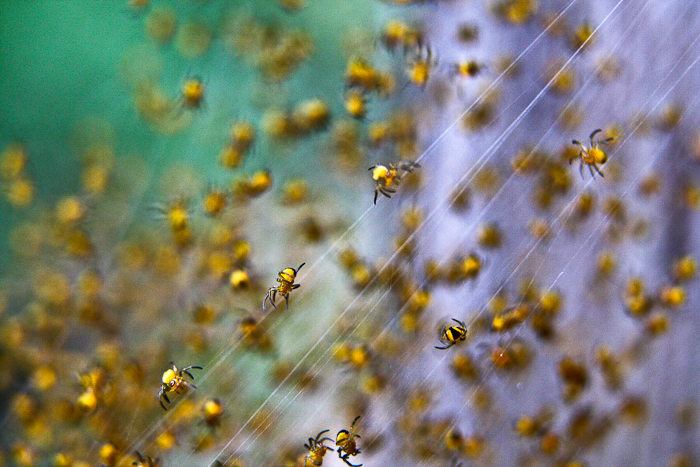
Delicately woven between between the tips of a rapidly-growing vine shoot and the chestnut pole upright of a pergola in my garden in Tuscany, this crop of newly-hatched crop of tiny spiders were flexing their legs and navigating their way around the threads of their home. When I came across the nest, there were around 3-400 of these little fellows – each about 2-3mm long. The weather was deteriorating and there seemed to be a group decision to move to another part of the nest that was higher up the pole.
The challenge with this shot was that the spiders were very small and the group about 3cm deep. Added to that, the numerous threads gave a translucency to the subject that affected the definition of many of the spiders. Not only that, the lighting levels were lousy.
Canon EOS 40D with Canon f2.8L 28-70mm lens at 48mm with Canon 25mm extension tube; ISO800 f5.6 1/160
[socialring]
by David Clarke | Jul 24, 2012 | All, Japan, Places
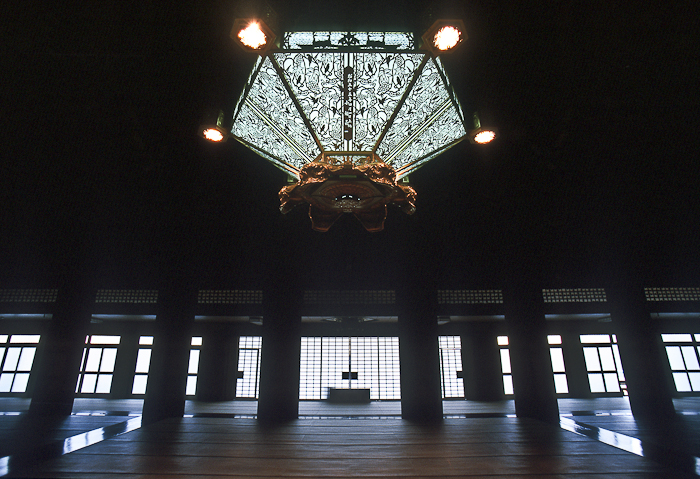
Located in Kyoto, Japan, the Nishi Honganji (West Honganji) was built in 1591 by Toyotomi Hideyoshi, after the sect’s former head temple, Ishiyama Honganji in Osaka had been destroyed by Oda Nobunaga owing to the temple’s interference in politics. Nishi Honganji is the head temple of the Honganji faction of the Jodo-Shin sect with over 10,000 subtemples across the country and 200 temples overseas.
Nishi Honganji’s two largest structures are the Goeido Hall, dedicated to Shinran, the sect’s founder, and the Amidado Hall dedicated to the Amida Buddha, the most important Buddha in Jodo-Shin Buddhism.
This shot was taken as a transparency in 2002. Since then, the temple has undergone a renovation, but from more recent pictures on the internet, it looks much the same.
Canon EOS 3 camera with Canon f2.8L 17-35mm lens. Konica 100 transparency film
[socialring]
by David Clarke | Jul 23, 2012 | African Birds, All, Kenya
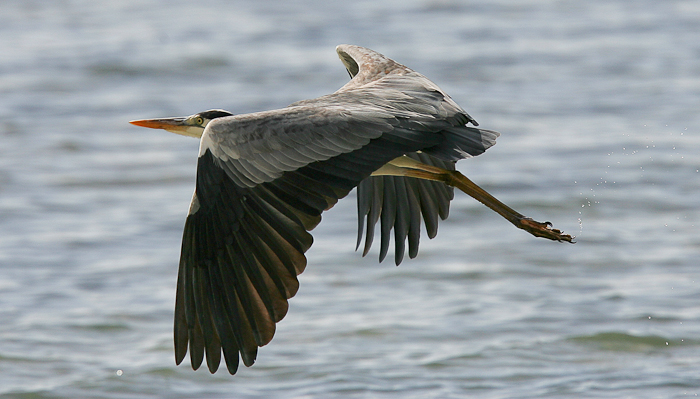
This Grey Heron (Ardea cinerea), along with some of his mates, patrols the shallows in the coral that are exposed when the tide is going out along the beach at Mtwapa, a few miles north of Mombasa.
He is quite used to people since there are fisherman around. He let me get fairly close, and then when his comfort zone was breached took to the air and flew a little way up the beach. As I approached again, he flew back the beach. We played this game for a while until he got bored, or maybe I got too hot.
For this shot, he had just taken off – note the water flying off his feet.
Canon 1DMkII with Canon 300mm L f2.8 IS lens with 1.4 extender; ISO200 f5 1/4000
[socialring]
by David Clarke | Jul 22, 2012 | All, Kenya, Places
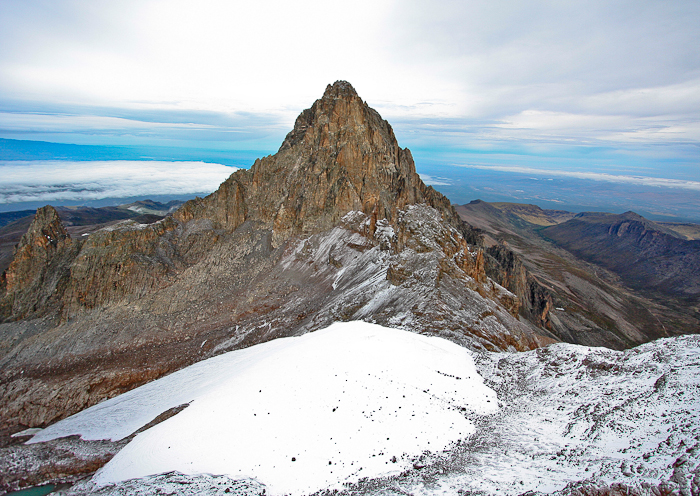
If you have ever stood in the foothills of Mount Kenya and looked in wonder at its peaks, this is what it is like from closer up – this shot was taken from a helicopter on a trip around the mountain.
We had ascended from the north and having reached the peaks, circled them anti-clockwise.
For this shot we were south-east of Nelion, (5,188 metres (17,021 ft)) the the lower of the two peaks – Batian, the higher (5,199 metres (17,057 ft)) is hidden behind it.
In the foreground is the Lewis Glacier, the largest on the mountain, although like the others it is getting smaller – it is estimated that there will be no more glaciers up there within 30 years.
To the left of the glacier at the bottom left of the image is a tarn called the Curling Pond. This is at 4790 metres (15715 ft)), from which data you get a handle on the scale of the image.
Mr Wikipedia has this to say (in part) about the mountain (but for more, google Mount Kenya and you will find a wealth of info):
Mount Kenya is the highest mountain in Kenya and the second-highest in Africa, after Kilimanjaro. The highest peaks of the mountain are Batian (5,199 metres (17,057 ft)), Nelion (5,188 metres (17,021 ft)) and Point Lenana (4,985 metres (16,355 ft)). Mount Kenya is located in central Kenya, just south of the equator, around (150 kilometres (93 mi)) north-northeast of the capital Nairobi. Mount Kenya is the source of the name of the Republic of Kenya.
Mount Kenya is a stratovolcano created approximately 3 million years after the opening of the East African rift. It was covered by an ice cap for thousands of years. This has resulted in very eroded slopes and numerous valleys radiating from the centre. There are currently 11 small glaciers. The forested slopes are an important source of water for much of Kenya.
There are eight vegetation bands from the base to the summit. The lower slopes are covered by different types of forest. Many species are endemic to Mount Kenya such as the lobelias, the senecios and the rock hyrax. An area of 715 square kilometres (276 sq mi) around the centre of the mountain was designated a National Park and listed as a UNESCO World Heritage Site in 1997. The park receives over 15,000 visitors per year.
Image taken on a Canon 40D with a Canon EFS 10-22 mm lens at 10mm; ISO 400 f4 1/1000
[socialring]
by David Clarke | Jul 21, 2012 | African Birds, All, Kenya
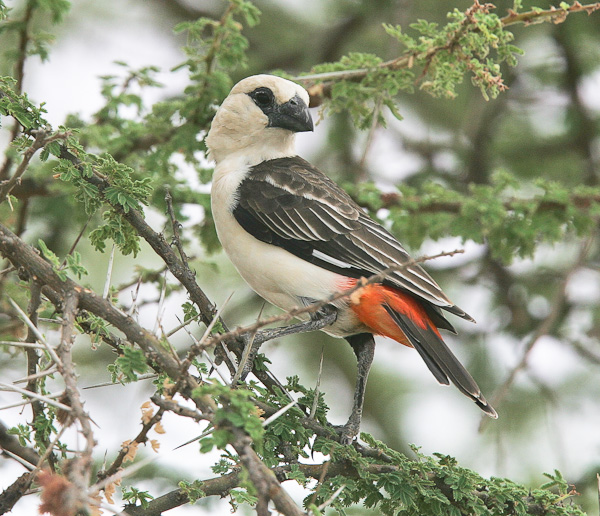
Buffalo-Weavers are large weavers with heavy bills. The _Dinemellia_ genus, of which the White-headed Buffalo-Weaver (Dinemellia dinemellia) is one is distinctly orange-red, brown and white. This bird is very distinctive, especially in flight, when its bright orange-red rump and large white wing patches are very clear. The sexes are alike. Like this one, that was spotted in Buffalo Springs, Samburu, Kenya, they are often seen on the ground or low in the trees. It certainly wasn’t too bothered by my presence and allowed me to get very close for this shot.
Canon 1D MkII with Canon 300mm f2.8L EF IS lens and Canon 1.4X extender. ISO200 1/320 at f9.
[socialring]
